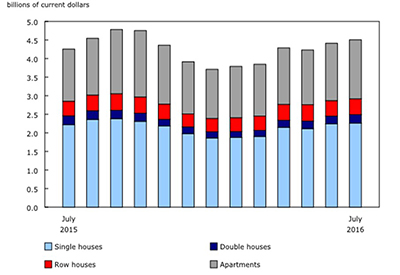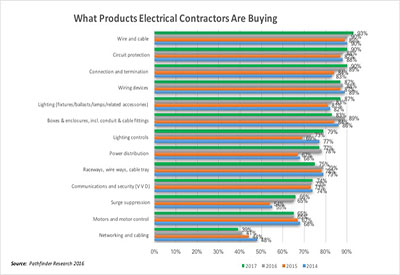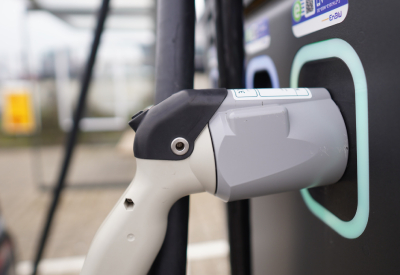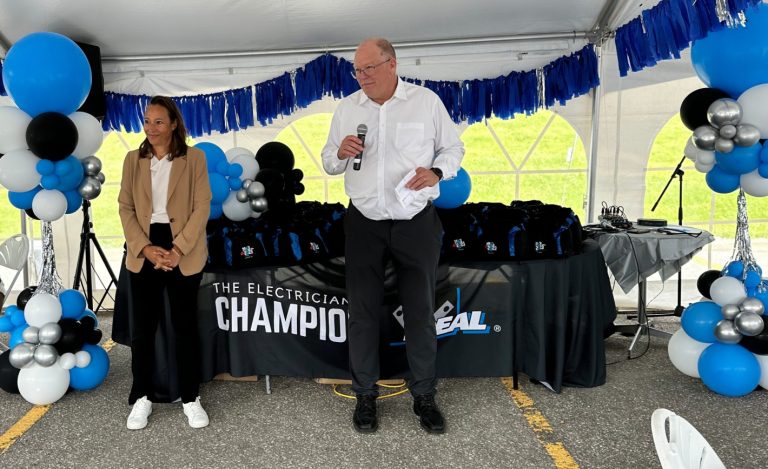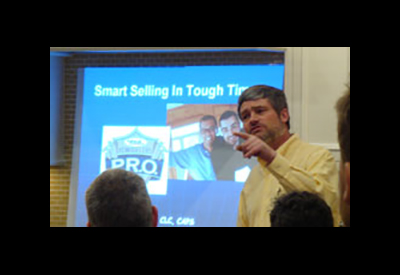Guide to Back-Up Power: Considerations for Energy Storage Assets

Apr 2. 2017
By Chip Palombini
Providing back up power is essential to providing maximum value for commercial and industrial behind-the-meter energy storage installations.
With ever increasing costs of loss of productivity from power outages alongside the cost of installing energy storage installations, commercial and industrial customers are expecting, and often requiring, back-up power from their demand reduction energy storage installations. But not all energy storage inverters are capable of providing back-up power. This is an important distinction because with favourable economics accelerating the growth of behind-the-meter storage, the requirement for systems capable of backup power will continue to rise. It will be critical for developers and integrators to select systems that are capable of back up power built in meet the short term and long term expectations of their customers and to maximize the benefit for end users.
Here we provide considerations in selecting an inverter to provide backup power with a behind-the-meter energy storage system.
1. Seamless vs. through stop transition
Energy storage inverters have two primary operation modes — grid tied and grid forming. Grid tied mode (also referred to as current source, or ‘PQ Mode’) requires an AC voltage to be present at the point of interconnection with the inverter. In the case of a behind-the-meter (BTM) energy storage installation, AC voltage is established by the power source — typically the utility. During grid tied mode the energy storage inverter will synchronize to the utility’s AC voltage, frequency, and phase. This mode is sometimes referred to as PQ Mode of operation because the inverter can accept two simultaneous set points one for real power (P) and the other for reactive power (Q).
During grid forming mode (also referred to as voltage source, backup mode, or VF mode), the energy storage inverter establishes the AC voltage and frequency via the system’s batteries. The output power — both real and reactive — is supplied by the inverter based upon the impedance of the loads connected to the inverter AC output. The regulation of the AC output current from the inverter to the loads happens in a closed loop. This is analogous to putting a potentiometer across a 5V constant voltage power supply; the constant voltage power supply will modify the output current as needed to maintain the 5V set point. This mode is sometimes referred to as VF mode of operation because the inverter can accept two simultaneous set points one for RMS voltage (V) and the other for output frequency (F).
Many energy storage inverters offer both grid tied and grid forming mode of operation in the same product. However, not all energy storage inverters offer a seamless transition from grid tied mode to grid forming backup power mode. Facilities utilizing inverters with only through stop transition will loose power during the stop state phase: lights will go out, computer and manufacturing systems halted eliminating a portion of losses. Inverters utilizing seamless transition to back up power provide uninterrupted power to the customer’s load and continuous power to all critical needs, eliminating financial losses associated with the majority of power outages. This is why Dynapower employs proprietary seamless transition technology in its inverters — no loss of power or productivity, making the inverter more valuable to the end user.

Figure 1 shows a typical implementation of a behind-the-meter energy storage system with backup power. In grid tied mode the contactor is closed, this provides a grid connection to the critical loads as well as a grid tied to the inverter. When backup power is need from the behind-the-meter energy storage system the contactor will open, thus isolating the customer’s loads from the grid.
During operation, Dynapower’s inverter continuously monitors the grid’s voltage and frequency. If either the grid voltage or grid frequency go out of the (user’s defined) range, the inverter will implement dynamic transfer by opening the grid disconnect device (in Figure 1 we are showing a contactor) and transitioning to grid forming mode. By opening the contactor the inverter isolates itself and the critical loads from the grid and continues the delivery of power uninterrupted. This type of operation is considered “intentional islanding” and should not be confused with anti-islanding, where power is shut off when a disturbance in the grid is detected.
Additionally Dynapower’s Dynamic Transfer technology establishes a shunt connected uninterruptable power supply (UPS) unlike a traditional “online” UPS. The above notional diagram of a traditional UPS system includes a front end charging rectifier, battery, and an inverter directly servicing the critical load. The disadvantage of this traditional online UPS is that there is efficiency loss since all power to the critical load must go through two stages of power electronics — the rectifier and inverter. In contrast, Dynapower inverters with Dynamic Transfer only have a single stage of power electronics between the battery and critical load, making the energy storage system more efficient. A traditional shunt connected system will flicker if the grid suffers a low impedance (phase to phase short or phase to ground short). However, for high impedance grid faults, the transition for systems using Dynamic Transfer there will be little to no flicker.
Dynapower’s Dynamic Transfer has been used successfully in systems with certifications to UL 1741, IEEE 1547, IEC 62019, and IEC 62040. Dynapower has successful implementations of Dynamic Transfer with motorized breakers, contactors, and static switches used as the grid disconnect device.
2. Ability to scale
As businesses grow, hire more people, employ more equipment and expand facilities they will need to enlarge their energy storage systems. Deployers of behind-the-meter energy storage with backup power should consider the ability of the system’s inverter(s) to easily scale to meet growing needs. Not all inverters can parallel in grid forming mode to easily scale.
3. Cost and time to market for integrating renewables
The integration of additional generating resources, such as solar-PV when the system is islanded, requires integration and controls engineering to ensure that all generating sources (i.e., the battery, solar-PV, and generators) are operating in a safe and balanced method.
Here are four cost and feature considerations:
1. Can the inverter seamlessly transition from grid tied to grid forming mode?
2. Can the inverter parallel with other inverters to meet the system’s growing needs?
3. How easily can the inverter integrate renewable power sources such as PV?
4. How can single phase systems be optimized to lower costs?
Chip Palombini is Energy Storage Group Sales & Marketing Manager, Dynapower Company, LLC. This is a lightly edited version of a Dynapower white paper.



